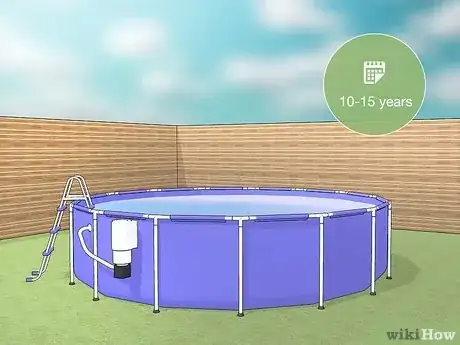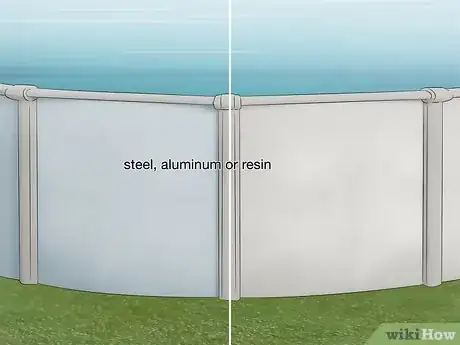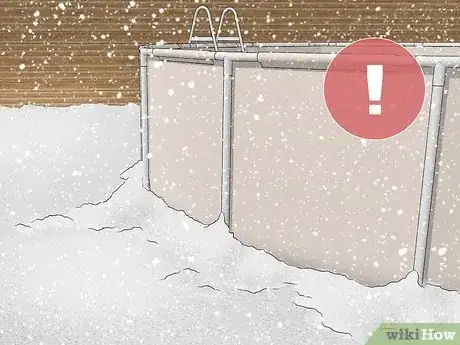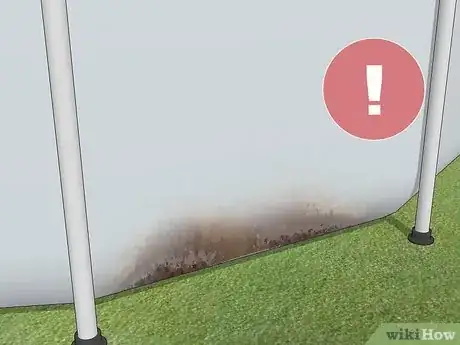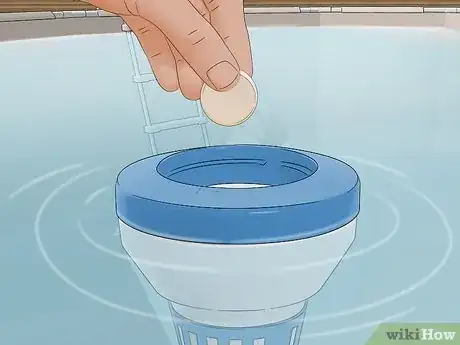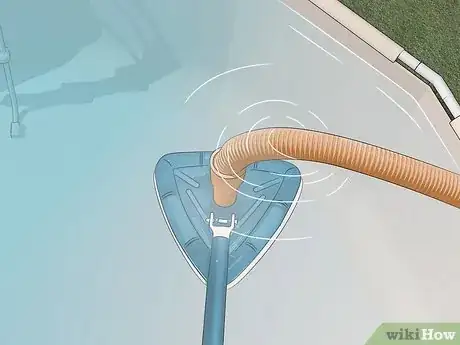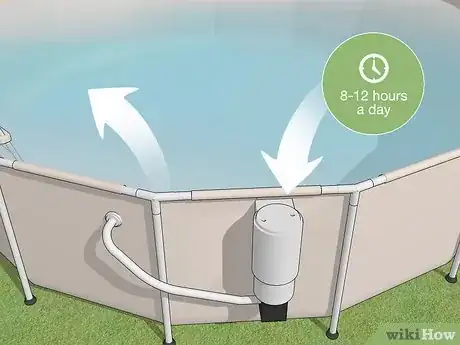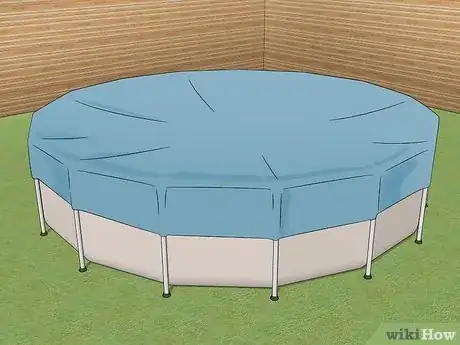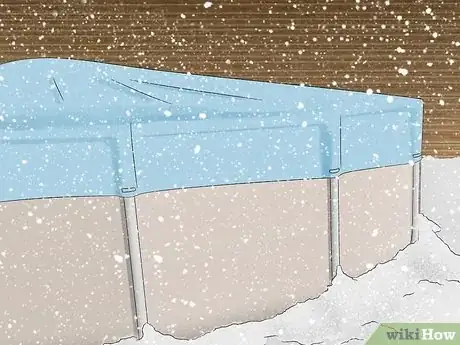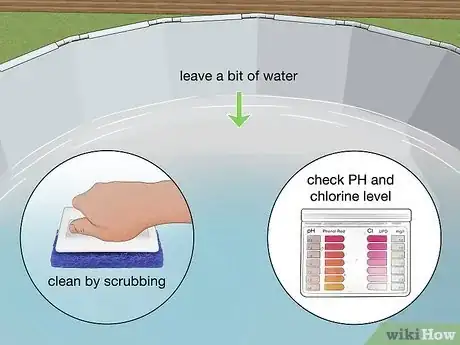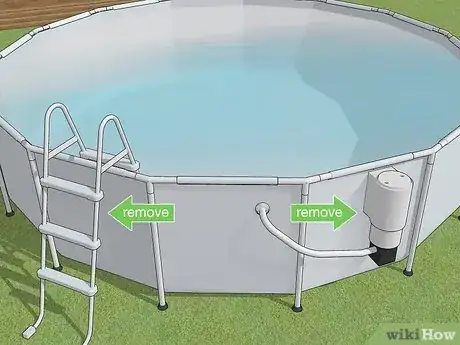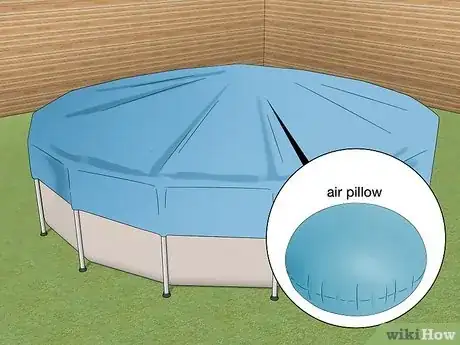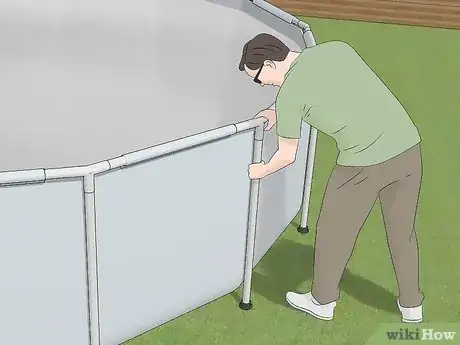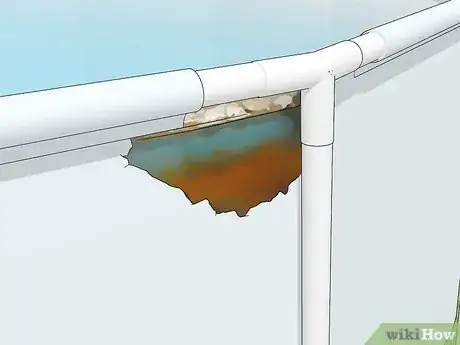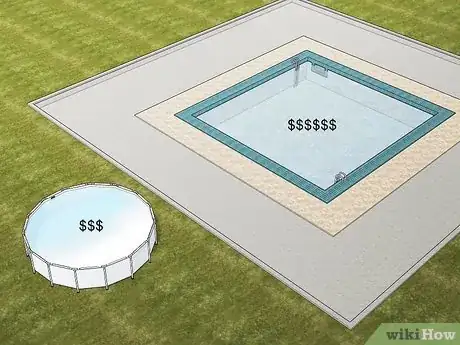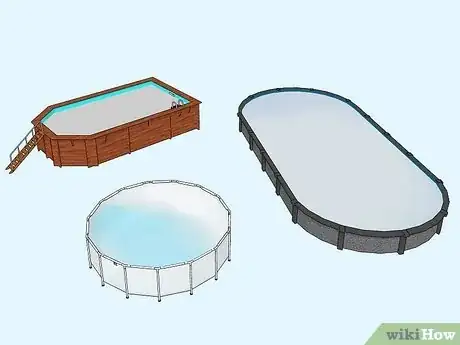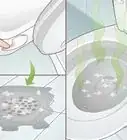This article was co-authored by Oz Tzalalihin and by wikiHow staff writer, Ali Garbacz. Oz Tzalalihin is a Project Manager for Vitoli Builders, based in Calabasas, California. He has a passion for working with sloped terrains and has shared his expertise through contributions to local publications. Oz holds a PMP (Project Management Professional) degree from Cornell University and specializes in building pools and structures on hillside properties. With his education and experience, he is a valuable asset to Vitoli Builders and is dedicated to delivering quality results and smooth construction.
There are 8 references cited in this article, which can be found at the bottom of the page.
Above ground pools can seem like a great investment if you want to beat the summer heat, but just how much use will you actually get out of them? This article “dives” into everything you need to know about the lifespan of your above ground pool and will provide you with all types of tips about caring for your pool so you can have as much backyard fun as possible.
Steps
Why Above Ground Pools Have a Shorter Lifespan
-
1The materials used to make above ground pools have a shorter lifespan. Steel, aluminum, and resin are the materials most typically used to make above ground pools, with some models using a combination of these materials. While each material has its pros and cons, they all unfortunately have shorter lifespans than vinyl, fiberglass, and concrete, which are the materials used to construct most in ground pools.[2]
-
2Severe weather can damage the walls and lining of the pool. If you live somewhere where it storms or snows a lot, you are unfortunately at a bit of a disadvantage. Intense storms and snow in particular can wreak havoc on the lining and frame of an above ground pool, which are more vulnerable to the elements since they’re not buried in the ground.[3]
-
3Rust can form on the steel liner of an above ground pool and shorten its lifespan. Pools made of steel face the threat of being severely damaged by the incurable disease that is rust. For the pools whose walls are completely made out of steel, the pool will no longer be able to hold in the massive amount of water once their walls begin to corrode from this buildup of rust. A sad but true story.[4]
References
- ↑ https://www.happysprout.com/outdoor-living/above-ground-in-ground-pool/#dt-heading-in-ground-pools-last-longer
- ↑ https://www.organizewithsandy.com/what-are-above-ground-pools-made-of/
- ↑ https://www.point2homes.com/news/us-real-estate-news/the-pros-and-cons-of-an-above-ground-pool.html
- ↑ https://riodesuenos.com/2018/09/24/how-to-repair-a-rusting-above-ground-pool-wall/
- ↑ https://www.organizewithsandy.com/how-long-do-above-ground-pool-lasts/
- ↑ https://www.organizewithsandy.com/how-long-do-above-ground-pool-lasts/
- ↑ https://www.yourswimlog.com/how-hard-is-it-to-maintain-an-above-ground-pool/
- ↑ https://www.yourswimlog.com/how-hard-is-it-to-maintain-an-above-ground-pool/
- ↑ https://www.bobvila.com/articles/above-ground-pool-maintenance/
- ↑ https://www.forbes.com/home-improvement/pool/ask-the-contractor-winterize-your-above-ground-pool/
- ↑ https://www.point2homes.com/news/us-real-estate-news/the-pros-and-cons-of-an-above-ground-pool.html
- ↑ https://www.point2homes.com/news/us-real-estate-news/the-pros-and-cons-of-an-above-ground-pool.html
- ↑ https://www.point2homes.com/news/us-real-estate-news/the-pros-and-cons-of-an-above-ground-pool.html
